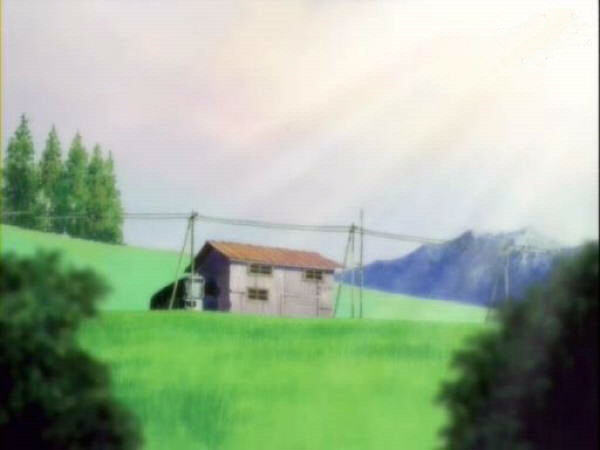Friday 19 January 2007

|
Pic of the day: OK, perhaps that's a bit on the old side in real life. (This drawing is supposed to portray the countryside of Hokkaido, Japan. The climate and terrain there isn't all that different from Scandinavia, though.) Countryside is fineThe prices of property may be stagnating in much of the USA and some other western countries, but here in Norway the prices go up, up and up. Not least for housing. There is a trend I would not have expected ten years ago: Apartments are growing more and more popular, more so than stand-alone houses. More precisely, apartments downtown, in the center of the larger cities. (In so far as any city can be called "large" in a country of barely 5 million people!) The flip side is that houses in the countryside are almost worthless. When old people die, the houses are kept by the heirs who come there on vacation for a while. Then they are just kept. And then they gradually fall apart. This is mostly old farming, fishing and logging villages far from the cities. But you don't need to drive for hours before the prices drop steeply. Even here in Kristiansand, presumably the sixth largest city, there are old houses that are hard to sell out in the villages. It is not because people are stupid. Well, not only that. After all, with a thousand new inhabitants moving in each year, people can't be too picky. But the cheap houses are not just quite a bit out from the city, meaning you spend a lot of time driving (especially in the winter). They are also old, small and poorly insulated, so they are kinda expensive to keep for something so unattractive. And they tend to be in dying villages where the school has been closed down and most people are elderly or nearly so. And worse, where everyone knows everyone and don't much care for "city folks". Or if they care, they care too much. ***I'm not really looking to buy anything myself, not for the foreseeable future. But I have to say that I enjoy living a bit outside the city. As long as there is a bus or a train that takes me to work in the city, I don't mind walking a bit to get there. Where I live now is pretty close to the bus stop, 7 minutes or so once I'm out the door. Where I lived before I had 12 minutes to walk. Where I had planned to move last year was 18 minutes from the most used bus stop. (There was one closer, but the bus came there rarely and the road was full of bends and steep hillsides.) I don't think I'd mind half an hour walk, actually. If I can't walk half an hour, I am probably too sick to go to work anyway. I don't have any plans, mind you. But I think I'd prefer an old small house out in the villages over an apartment in the city, not to mention in the big old concrete complexes from our socialist past, the "living machines" as they are called. And that's a generous translation. The Norwegian word is just as close to "stay" as to "live" if not more so. There is nothing life-affirming about those places, to my eyes at least. But the countryside is OK. Then again, I was born in the countryside. I descend from generations of farmers, almost certainly a few thousand years back and with only very few exceptions. I may not be able to live like them, but I don't run away screaming if a nearby farmer fertilizes the fields with dung. An old joke comes to mind about a man who moved to a house next to a pig farm and was asked: "But what about the smell?" "The pigs will just have to live with it." If you have a sense of humor and enough time, the countryside isn't the worst place to live. |
Yesterday <-- This month --> Tomorrow?